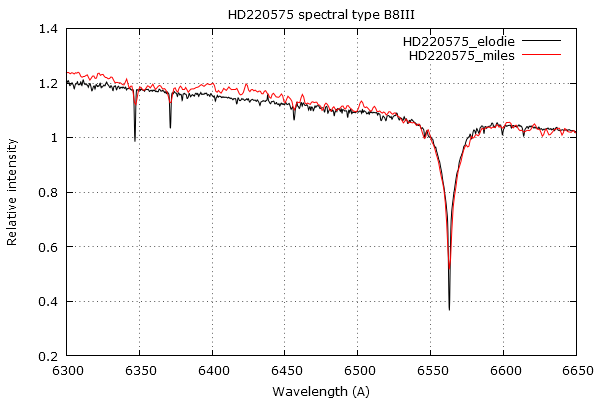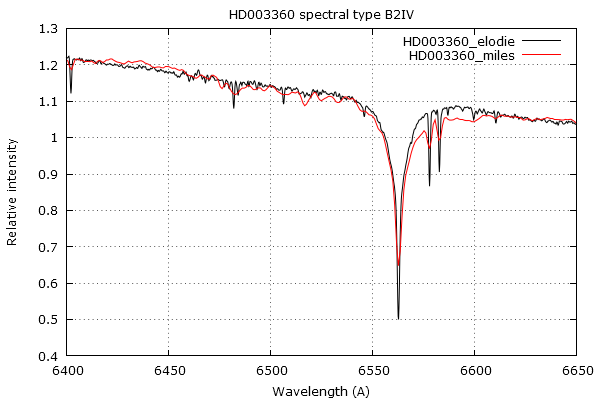For low-res spectra I should always do this but I observe two reference stars if I cannot find a ref star at the same target height. The second star is observed at a quite different height above horizon and it's intended to estimate, using ISIS, the atmospheric AOD parameter (a simply iterative process, not the rigorous method). So I calculate the transmission curves ratio (target and closest star), basically a slight correction to be applied to the target spectrum.
Concerning mid/hi-res spectra (more often practised by me) I'm currently using Elodie 3.1 library spectra, one ref star (less critical than low-res observations). I prefer it to the Miles library because of the more clearly defined continuum at such small wavelength intervals. A couple of example:


The new ISIS feature which allows to customise the database is a great help.
Paolo